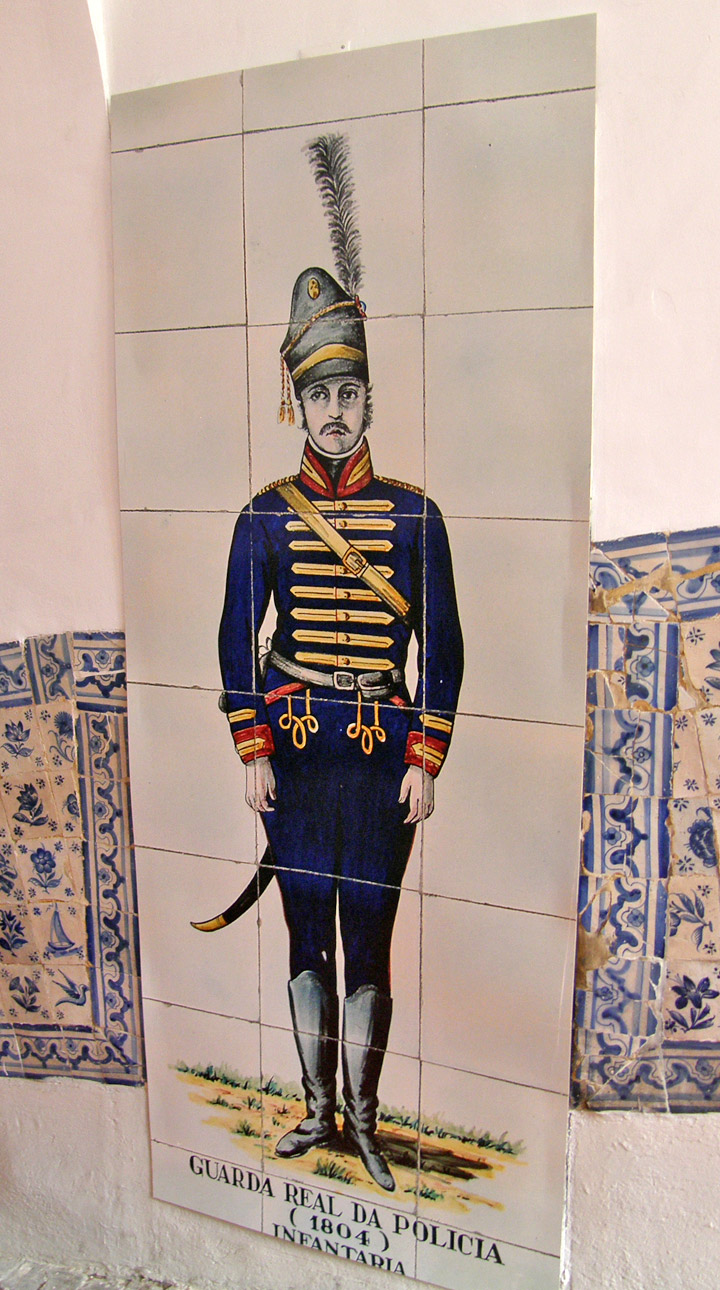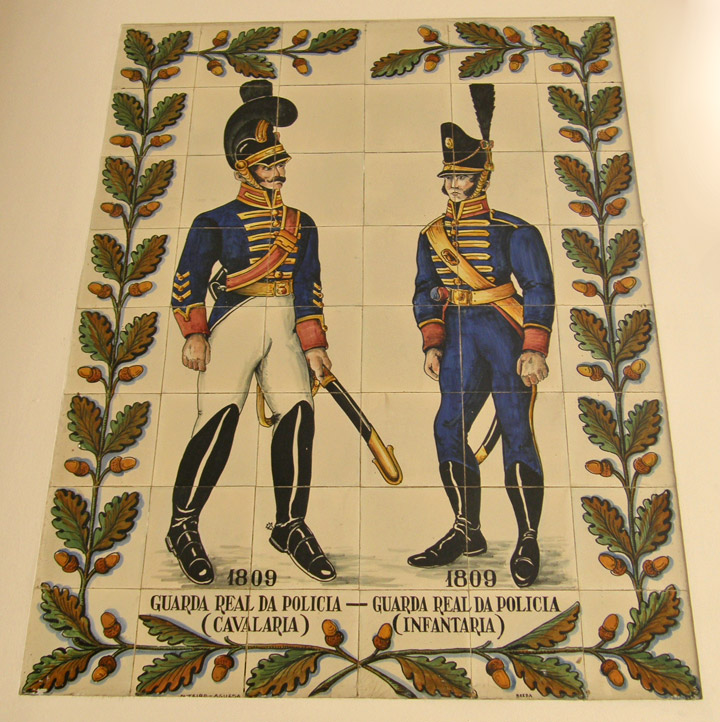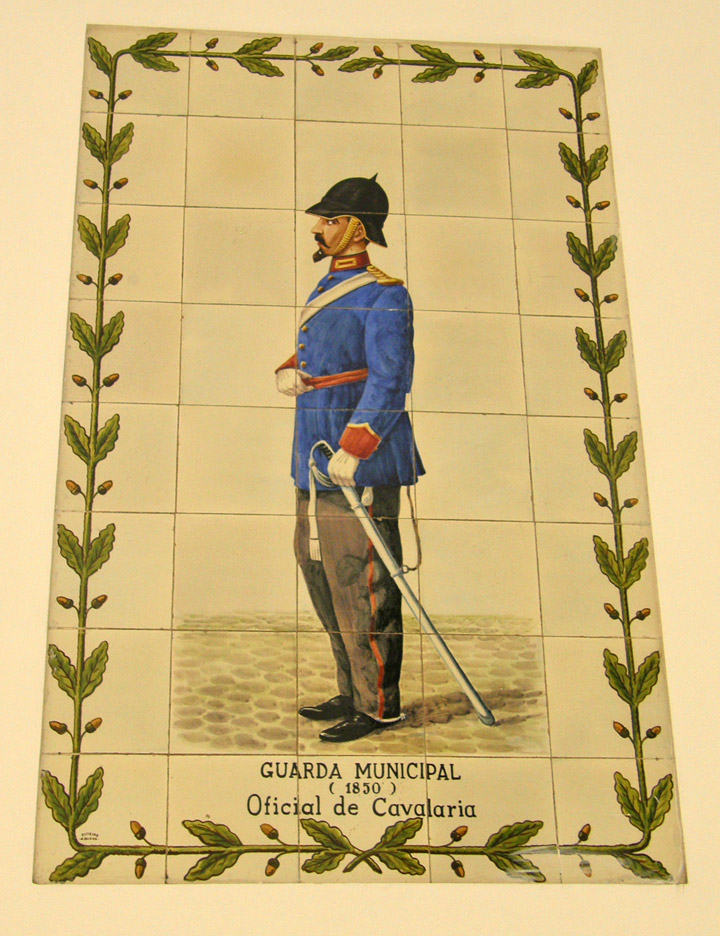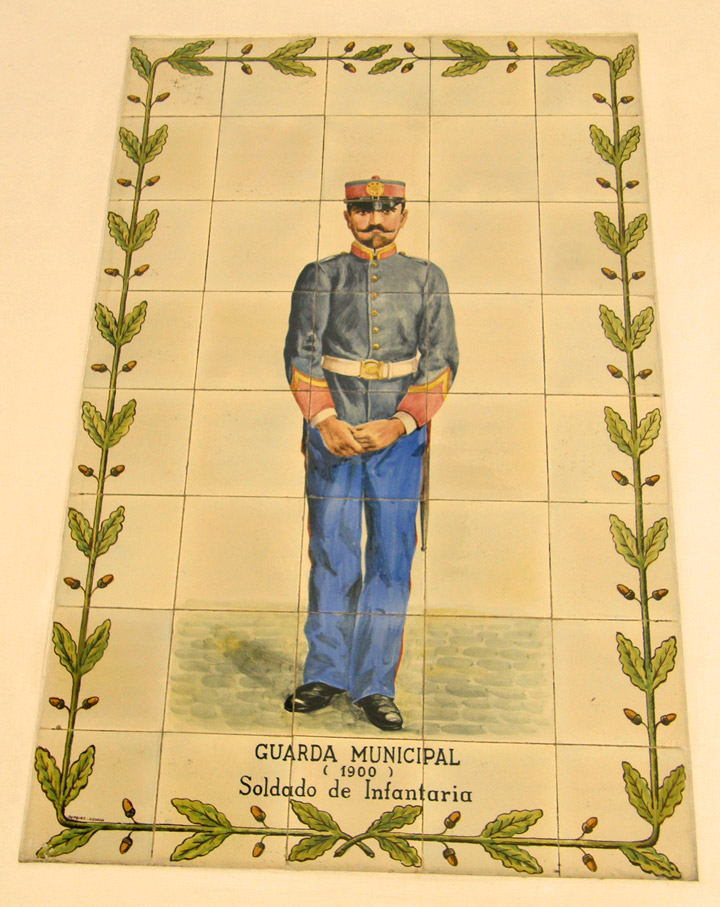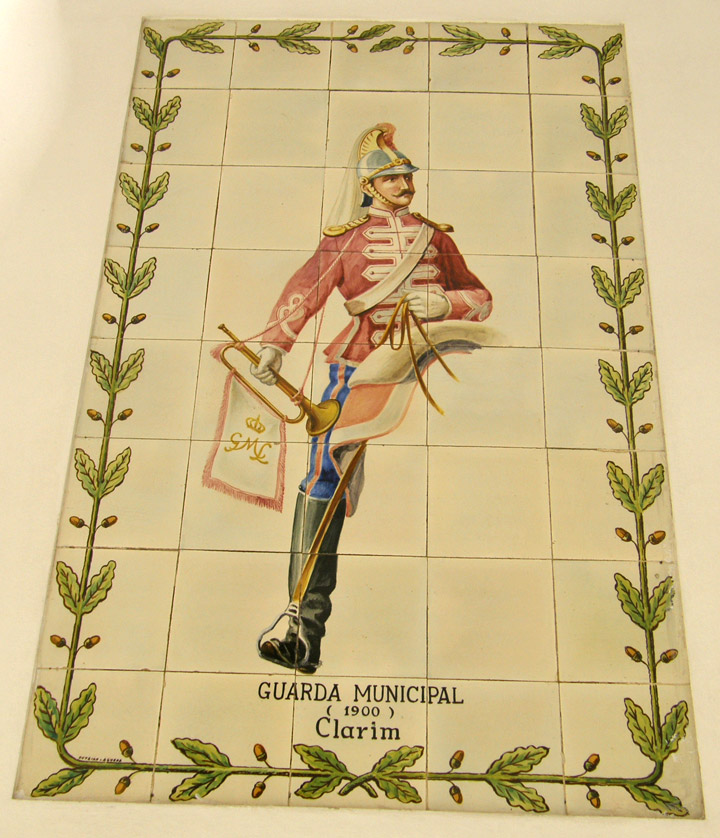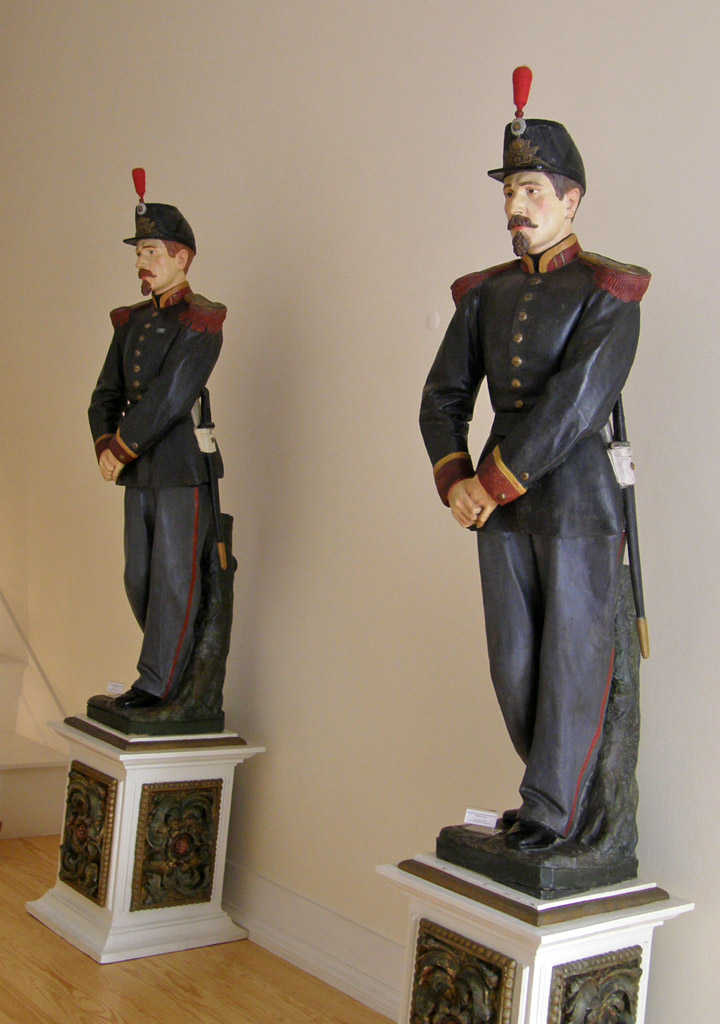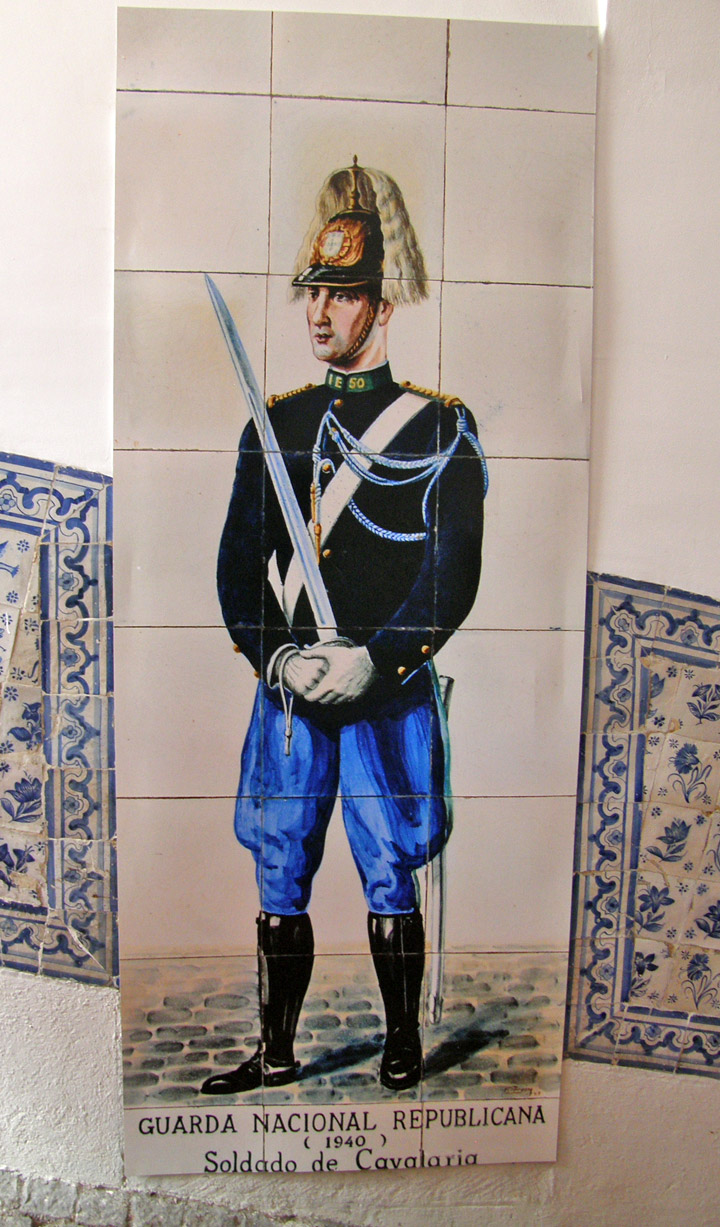

Carmo Convent
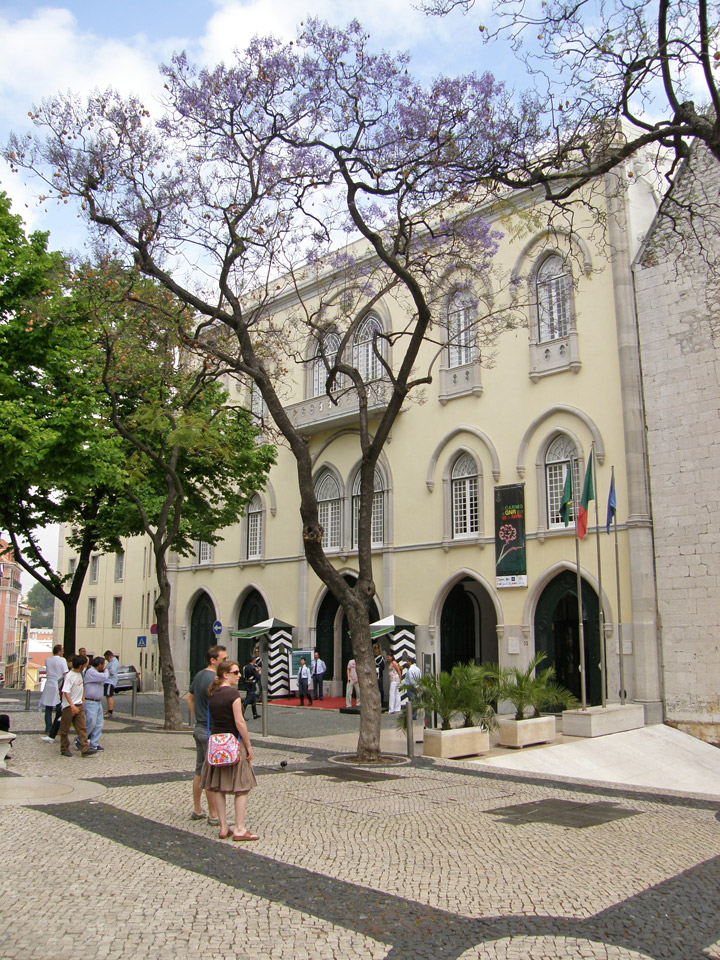
Carmo Convent
The Carmo Convent (Portuguese: Convento da Ordem do Carmo) is a monument located in the city of Lisbon, in Portugal. The mediaeval convent was ruined in the 1755 Lisbon Earthquake, and the ruins of its Gothic church (the Carmo Church or Igreja do Carmo) are the main trace of the great earthquake still visible in the city.
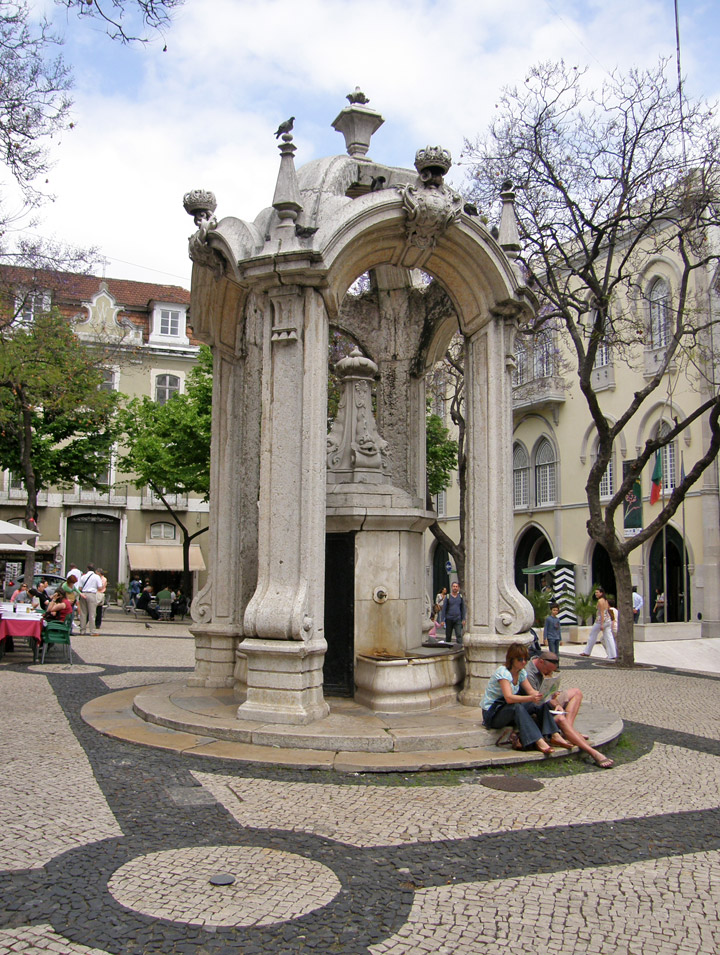
Carmo Square
The Carmo Convent is located in the Chiado neighbourhood, on a hill overlooking the Rossio square and facing the Lisbon Castle hill. It is located in front of a quiet square (Carmo Square), very close to the Santa Justa Lift.
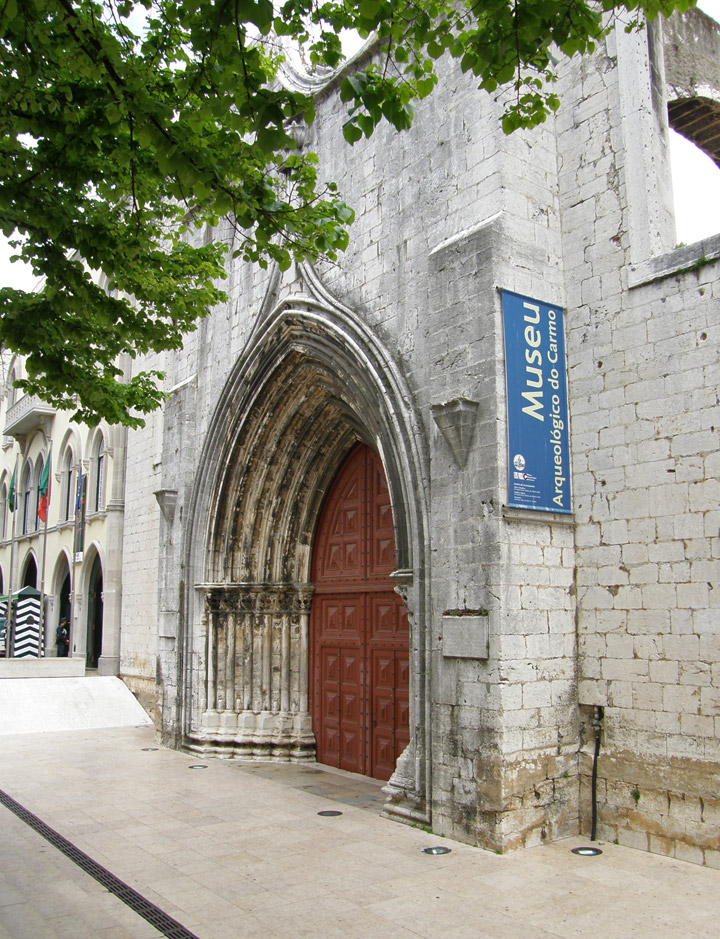
Museu Arqueológico do Carmo
Nowadays the ruined Carmo Church is used as an archaeological museum (the Museu Arqueológico do Carmo or Carmo Archaeological Museum).

The Carmo Convent was founded as a convent for the Carmelite Order in 1389 by
the Portuguese knight Nuno Álvares Pereira. Álvares Pereira was Constable of
Portugal, meaning that he was the supreme military commander after the King. At
the service of King John I, Álvares Pereira commanded the Portuguese army in the
decisive Battle of Aljubarrota (1385), in which the Portuguese guaranteed their
independence by defeating the Castilian army.

The Carmo Convent was initially inhabited by Carmelites from Moura (southern
Portugal), which entered the convent in 1392. In 1404, the pious Álvares Pereira
donated his wealth to the convent and, in 1423, he also became a brother of the
convent.
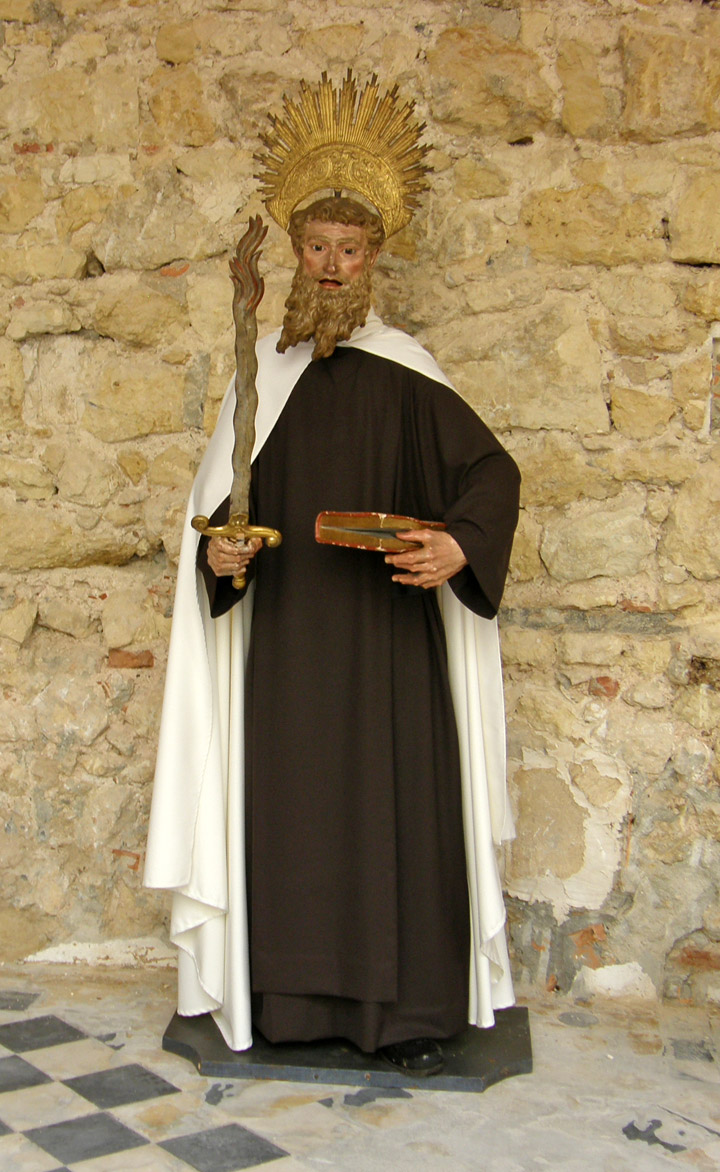
On November 1, 1755, the great earthquake destroyed most of the convent and its
church. The Convent library and its 5000 books were all lost. The convent was
remodelled and eventually became a military quarter. The church was never fully
rebuilt and, after a period as wood storage house, it was donated in 1864 to the
Association of Portuguese Archaeologists, which turned the ruined building into
a museum.
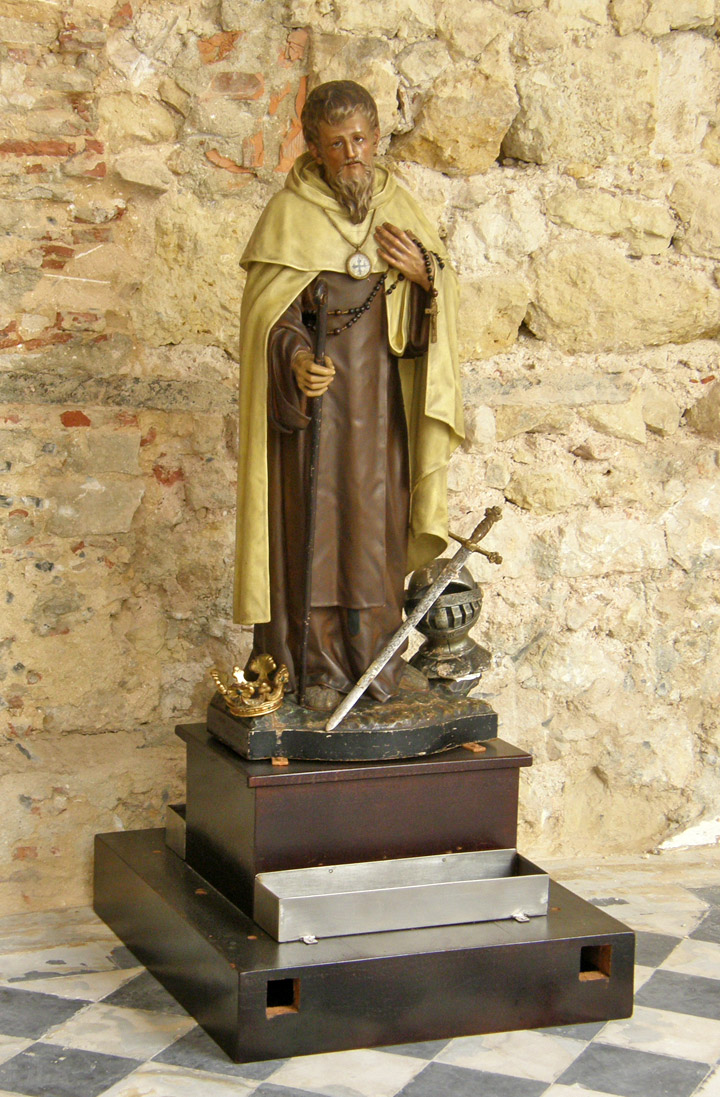
In the 20th century, during the Carnation Revolution, the Carmo Headquarters was
the last stronghold of the Presidente of the Estado Novo, Marcelo Caetano, and
the military loyal to him. The old Carmo Convent building is now used by the
Municipal Guard (Guarda Republicana).
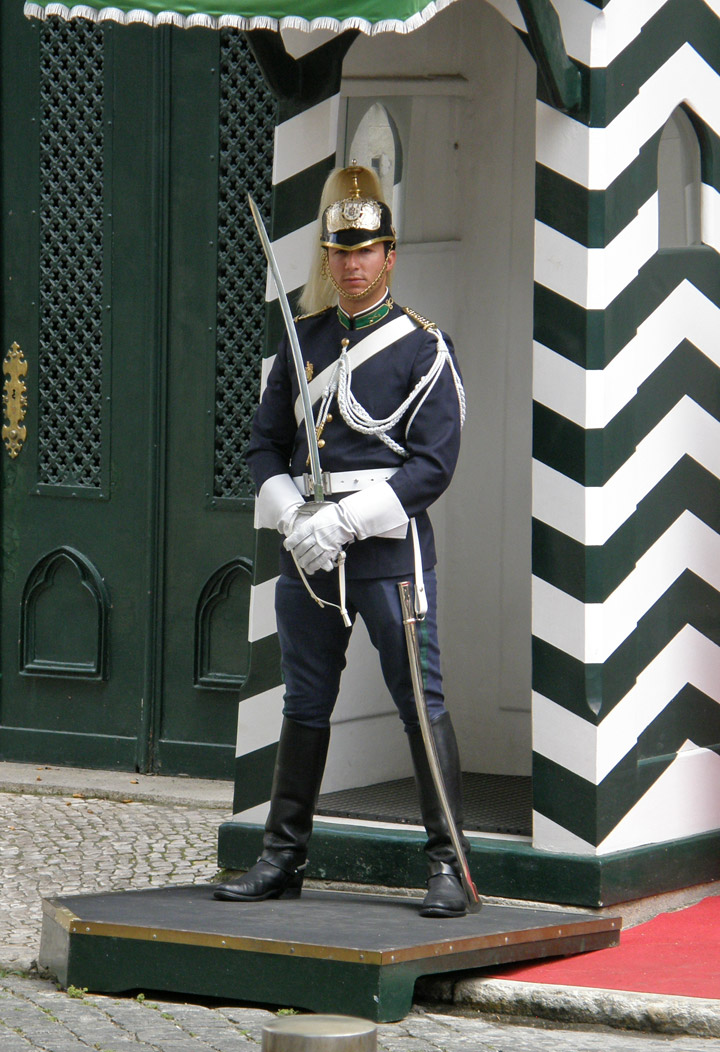
Guarda Republicana
The Carmo Convent and its Church were built between 1389 and 1423 in the plain Gothic style typical for the mendicant religious orders. There are also influences from the Monastery of Batalha , which had been founded by King John I and was being built at that same time. Compared to the other Gothic churches of the city, the Carmo Church was said to be the most imposing in its architecture and decoration.
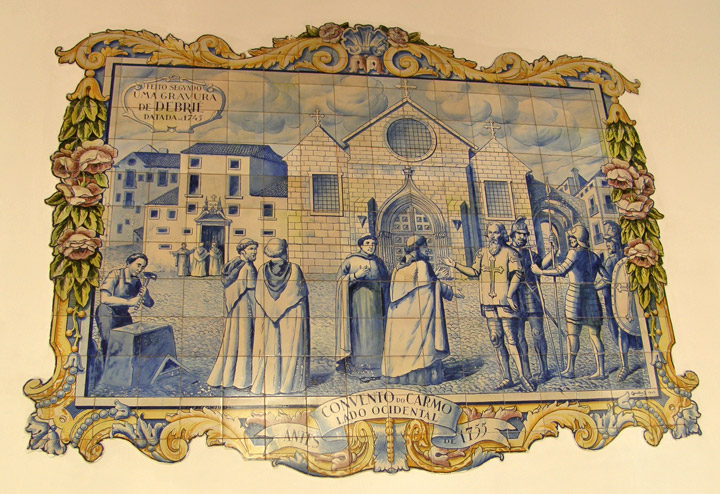
The church has a Latin cross floor plan. The main facade has a portal with
several archivolts and capitals decorated with vegetal and anthropomorphic
motifs. The rose window over the portal is partially destroyed. The south side
of the church is reinforced by five flying buttresses, added in 1399 after the
south wall collapsed during the construction work. The old convent, located to
the right of the facade, has been rebuilt in neo-Gothic style in the early 20th
century.
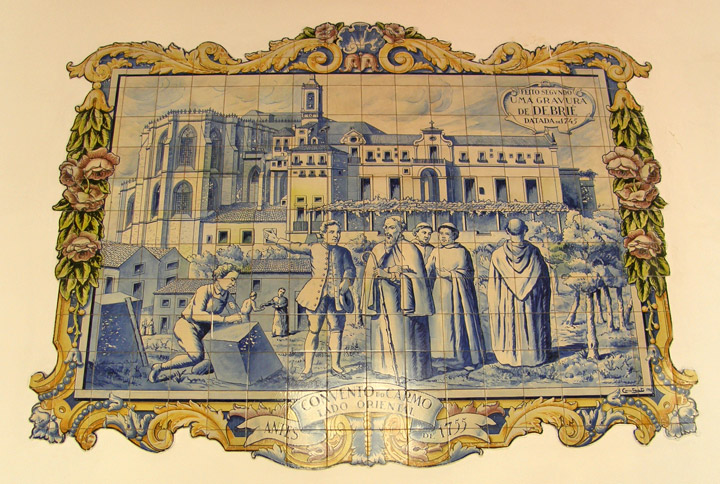
The church interior has a nave with three aisles and an apse with a main chapel
and four side chapels. The stone roof over the nave collapsed after the
earthquake and was never rebuilt, and only the pointed arches between the
pillars have survived.
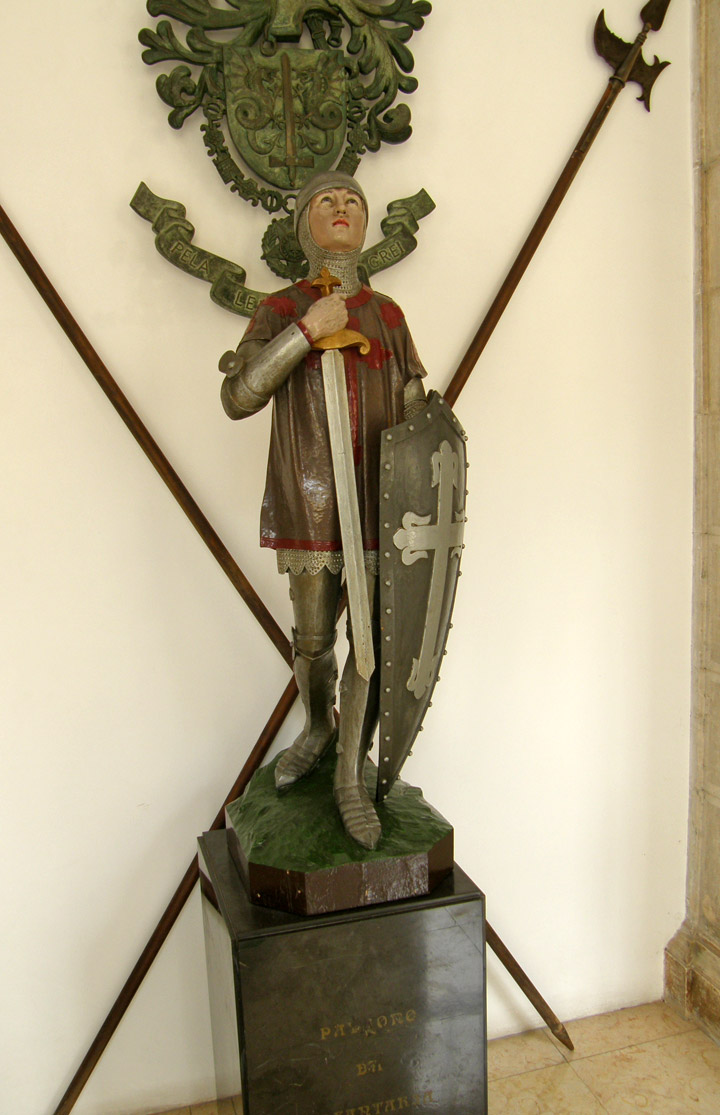
The nave and apse of the Carmo Church are the setting for a small archaeological museum, with pieces from all periods of Portuguese history. The nave has a series of tombs, fountains, windows and other architectural relics from different places and styles.
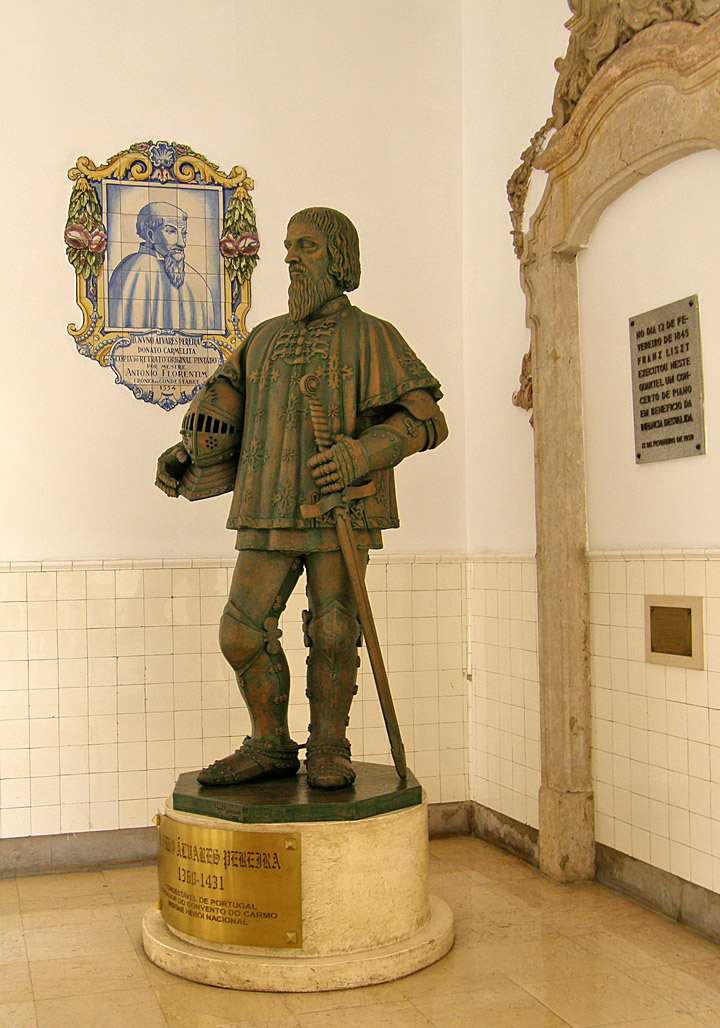
The old apse chapels are also used as exhibition rooms. One of them houses
notable pre-historical objects excavated from a fortification near Azambuja
(3500–1500 BC).
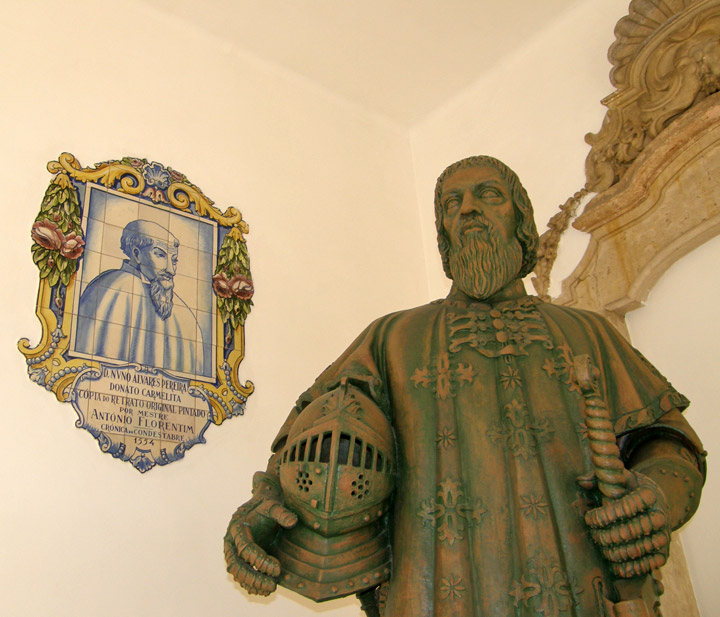
The group of Gothic tombs include that of Fernão Sanches, a bastard son of King
Dinis I, (early 14th century), decorated with scenes of boar hunting, as well as
the magnificent tomb of King Ferdinand I (reign 1367-1383), transferred to the
museum from the Franciscan Convent of Santarém. Other notable exhibits include a
statue of a 12th century king (perhaps Afonso Henriques), Spanish-Moorish
azulejos and objects from the Roman and Visigoth periods.
Text from Wikipedia
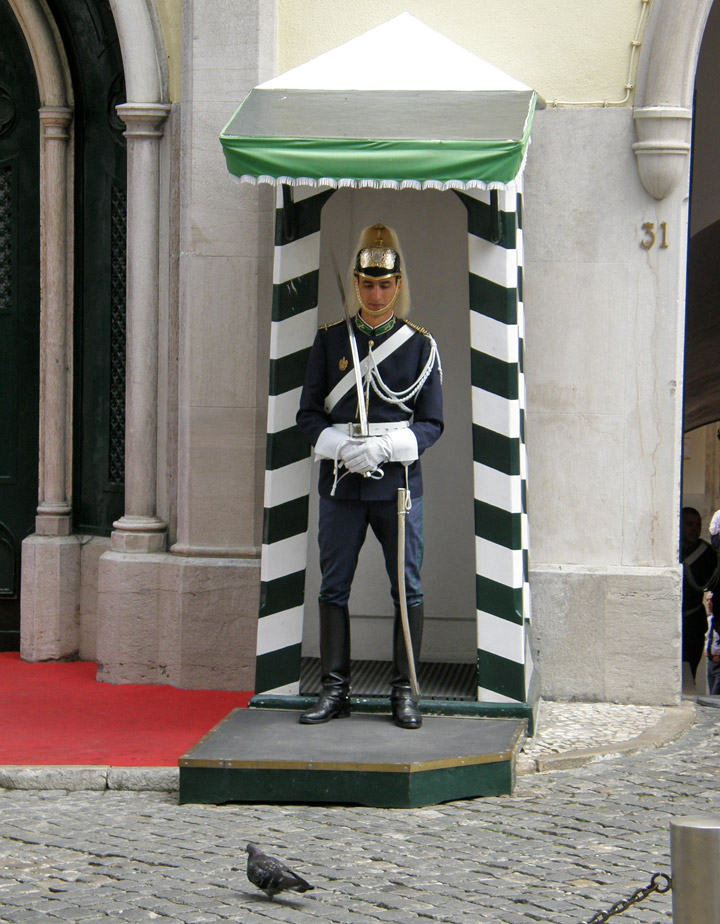
guard for the special exposition

the uniformed hosts
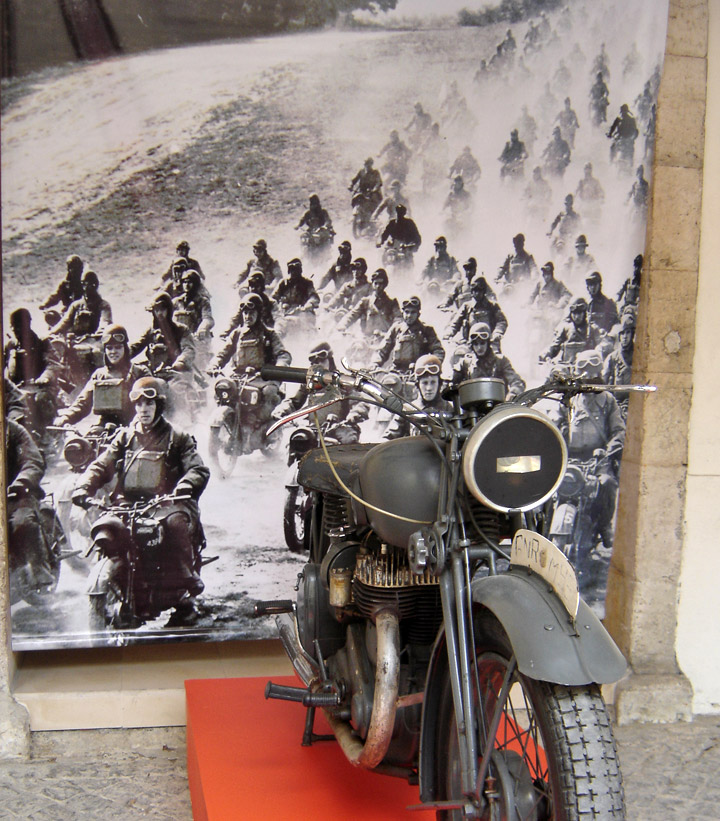
honoring of the motorcycle guarda
